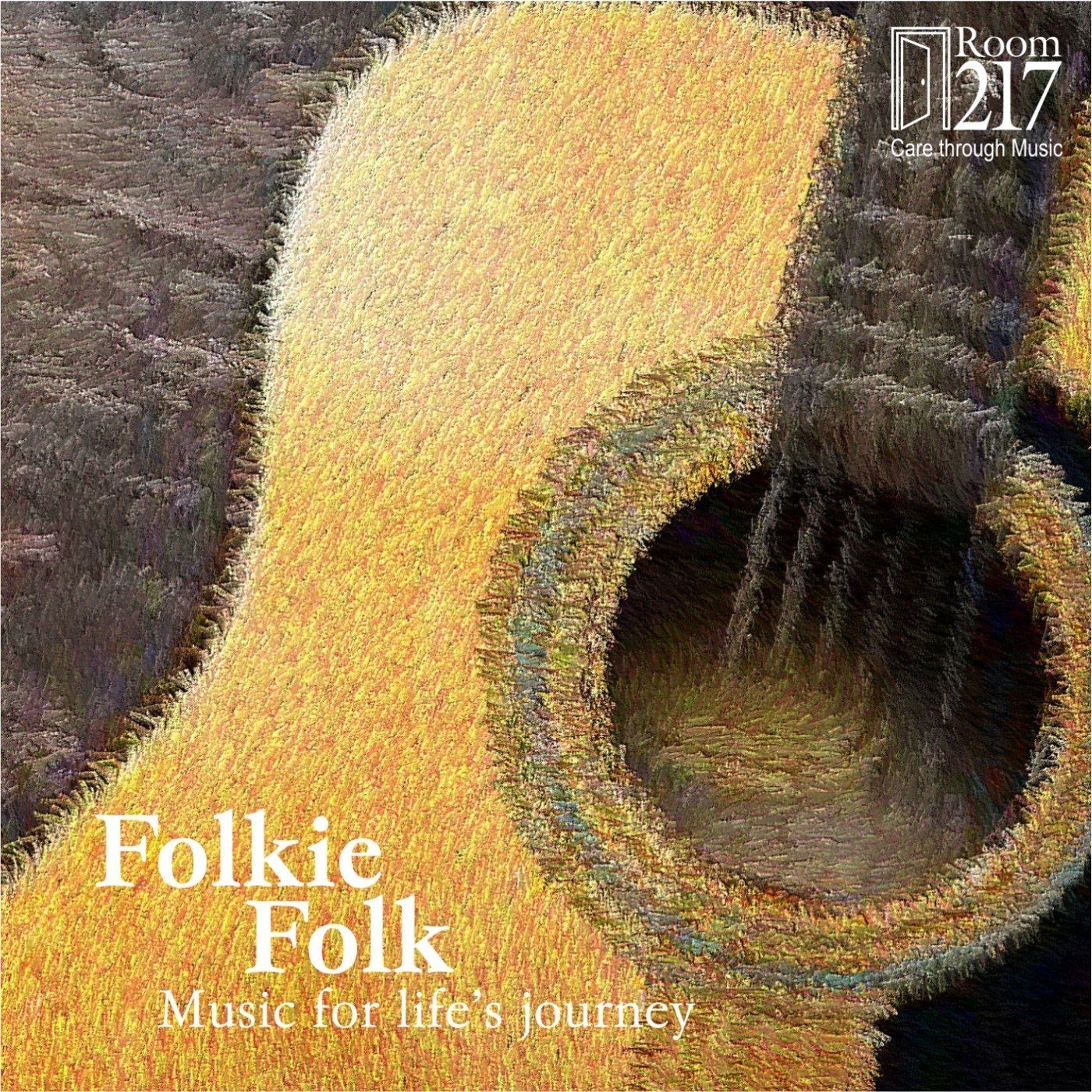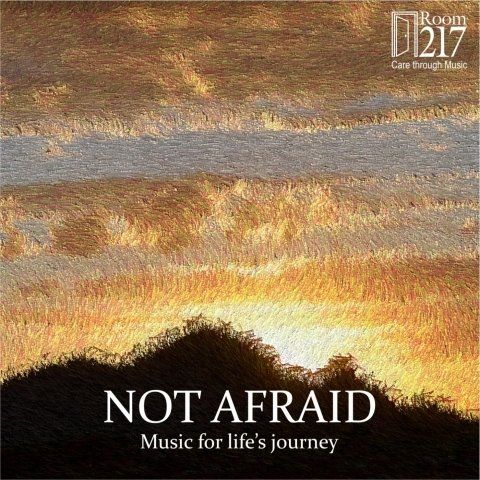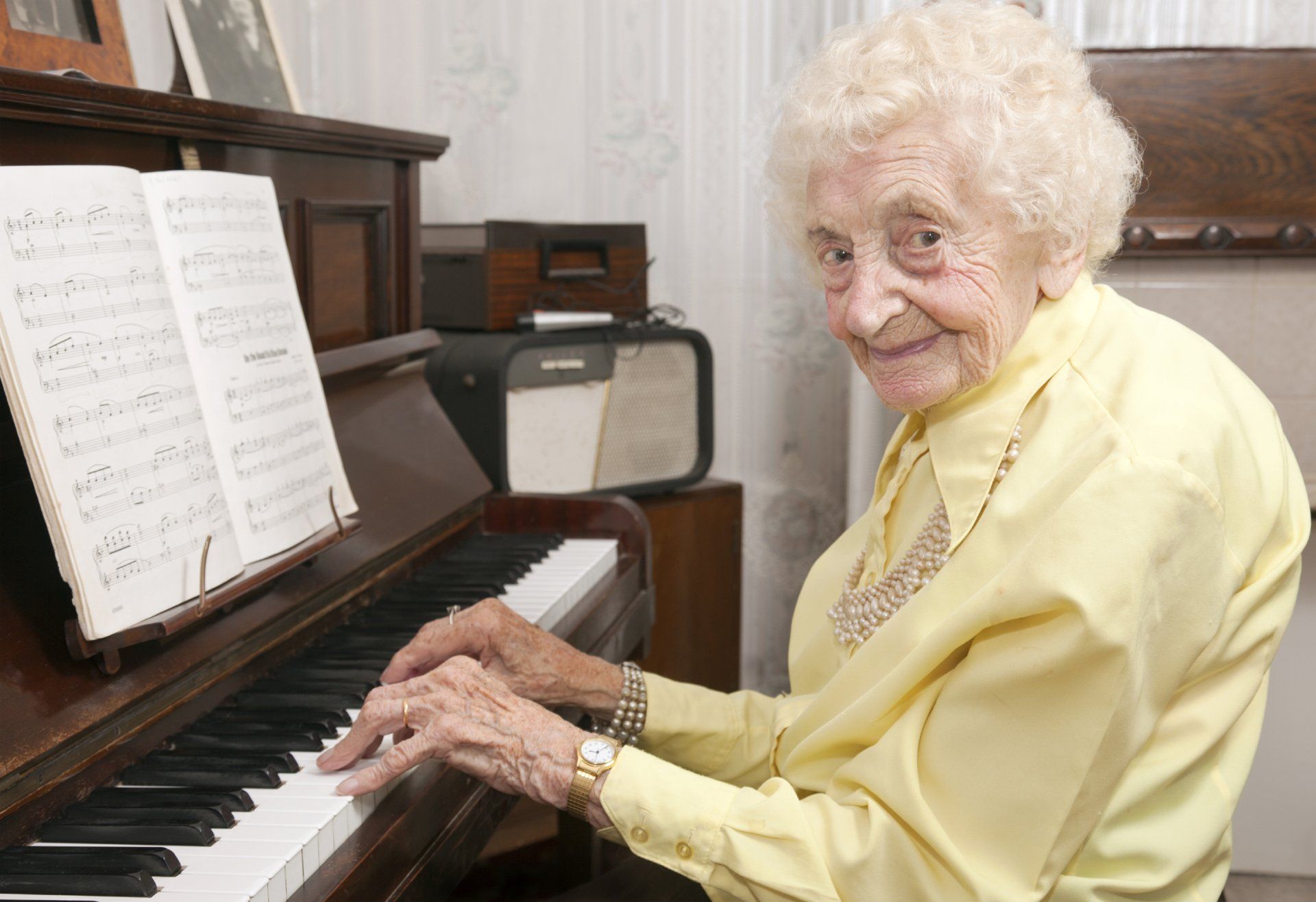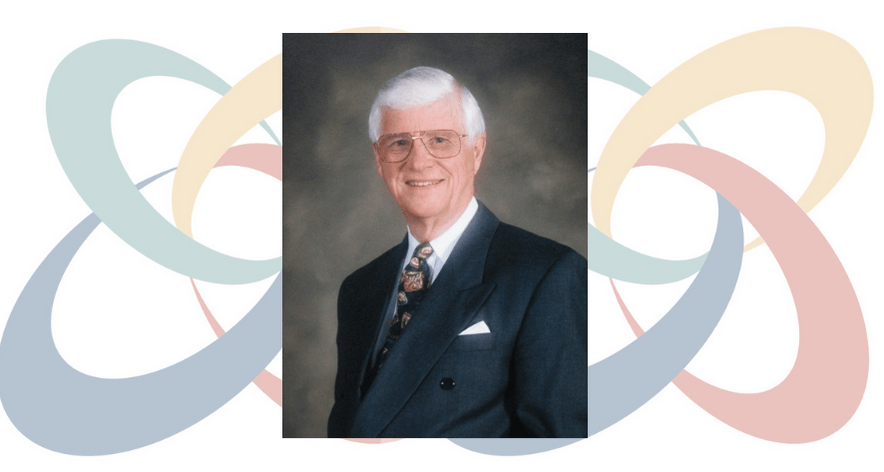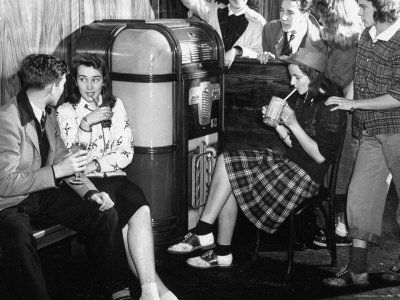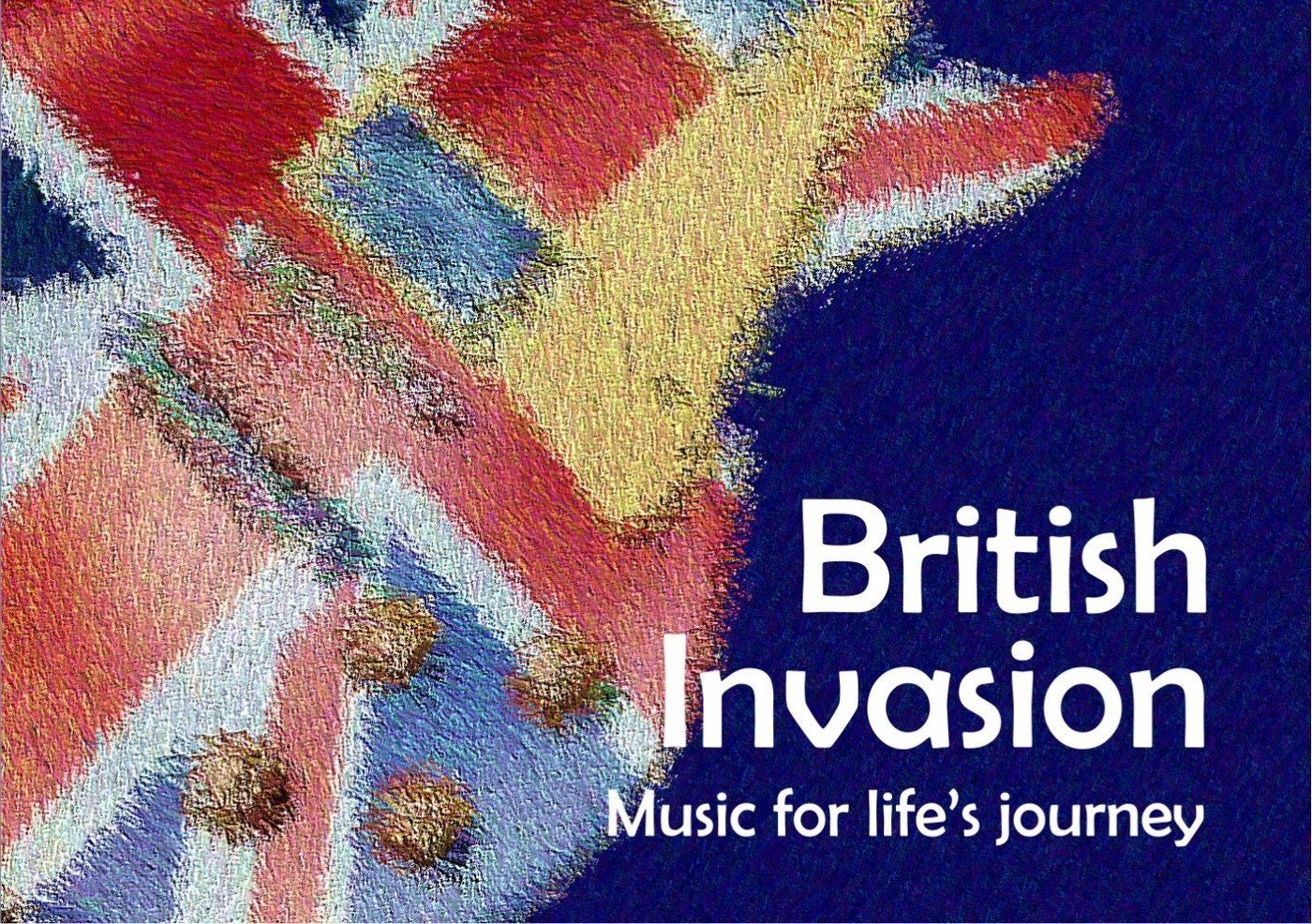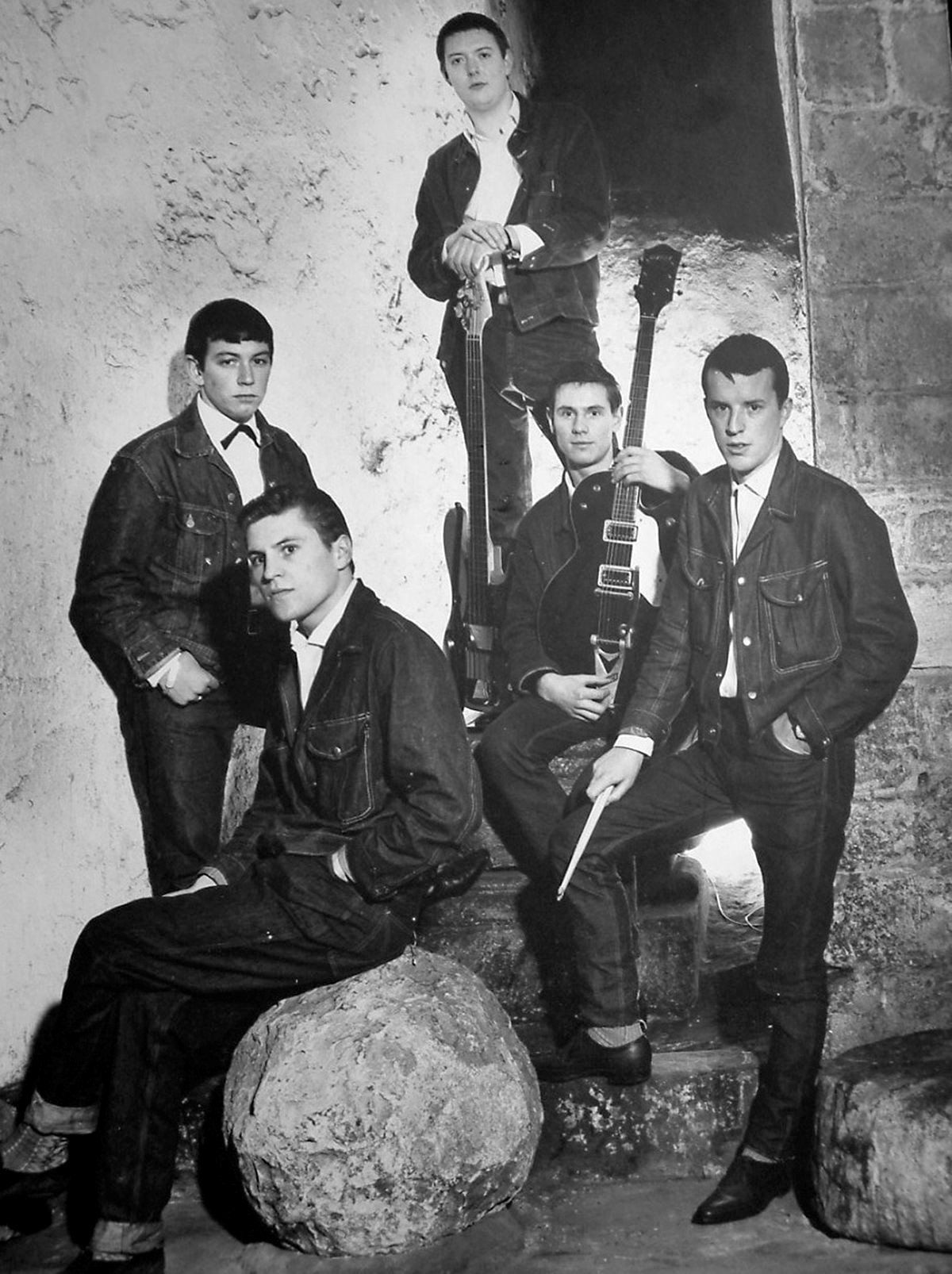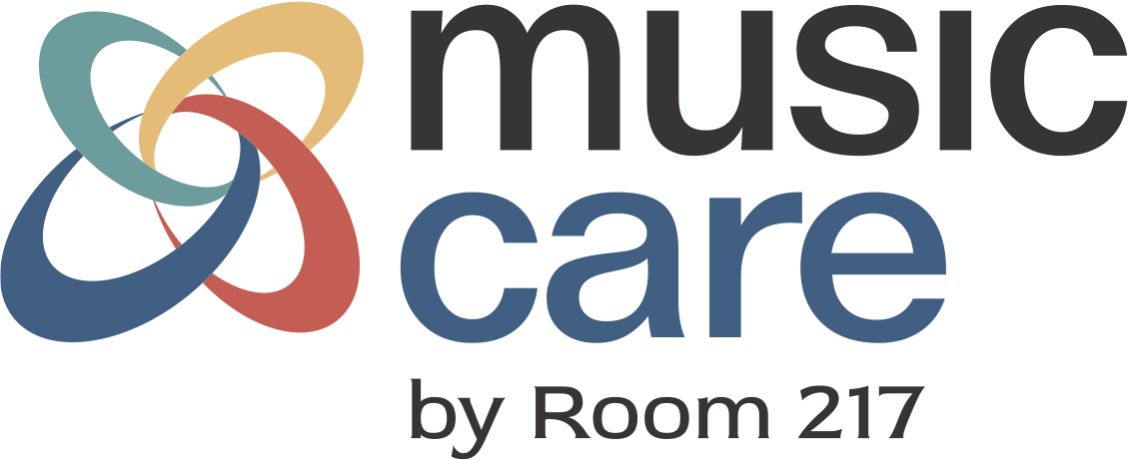Soothing Relaxation Journeys
Soothing Relaxation Journeys is a specifically designed relaxation and imagery CD created to facilitate relaxation experiences, reduce anxiety and pain perception, improve mood and enhance comfort during treatments in oncology/cancer care and palliative care. It is also developed as a tool for those new to the GIM process and imaging to music. There is a substantial body of research in the areas of music and relaxation, and music and relaxation in medical settings, and that research has informed the development of the CD. There are numerous Relaxation and Imagery CDs on the market but few have been developed upon evidence-based principles.
Music and Relaxation
Studies that focused on music and relaxation highlight the biological and neurological effects that music has on the body and the brain. Fried (1990) discussed decreasing heart and respiratory rates initiated by changes in the autonomic nervous system activity when relaxing music is played, and changes that occurred in paradoxical arousal patterns that were contrary to those in cognitive function and anxiety, which is a positive result showing how music was used to create physical relaxation symptoms that are opposite of physical symptoms experiences during anxiety.
Significant decreases in state anxiety were found in college students when listening to preferred, relaxing music (Davis & Thaut, 1989). In a broader study Robb (2000) found music relaxation and progressive muscle relaxation were the most effective in eliciting changes in anxiety and perceived relaxation when listening to music and participating in various relaxation techniques, but that state and trait anxiety did not differ among treatments. A meta-analysis of 22 studies that focused on using music to decrease physiological arousal due to stress found that music and music-assisted relaxation significantly decreased arousal due to stress, and the amount of stress that was reduced was dependent on the client’s age, type of stress, musical preferences, and the type of music utilized (Pelletier 2004).
What is Guided Imagery and Music?
Guided Imagery and Music (GIM) is a technique used by specially trained therapists to help clients achieve a greater self-understanding and gain insight into their life problems. The Bonny Method of Guided Imagery and Music (BMGIM) was developed by Helen Bonny, who defines it as a “music centered exploration of consciousness which uses specifically sequenced music programs to stimulate and sustain a dynamic unfolding of inner experiences” (AMI, 2000). Music and imagery work together as therapeutic agents to expand a client’s awareness, resulting in major therapeutic benefits (Burns & Woolrich, 2004).
GIM is based on theories from two schools of psychology: humanistic and transpersonal. Humanistic psychology deals with a person’s growth as they move from fulfilling basic to complex human needs, and to ultimately achieve self-actualization (Maslow, 1968). Transpersonal psychology aims to expand awareness through imagery and dreams to in order to understand one’s greater connection to life (Vaughan, 1979). GIM aims for both self-improvement and self-transcendence.
The Music Programs
The music programs in the BMGIM provide structure and direction in the session. The therapist chooses a type of music that is most appropriate for the client’s situation. Specific programs have been developed for different purposes, including Caring, Peak Experiences, Imagery, Grieving, and Relationships. The programs are based on classical music and are mainly instrumental (Bonny, 1978). The music that tends to be the most effective for a particular client has enough structure and predictability to provide comfort, but also has enough variation and ambiguity to create interest and evoke reactions in the form of feelings and images (Summer, 1993).
So How Does It Work?
While the client is completely relaxed, the music helps to evoke different feelings, emotions, thoughts, memories and images (Bonny & Pahnke, 1972). These images can be dream-like, and may contain mythical and archetypal figures or symbols released from the unconscious (Vaughan, 1979). The therapist acts as a guide, heightening the client’s awareness and helping them navigate the experience.
How Does A Session Unfold?
A BMGIM session unfolds in four stages (Bonny, 1978). The first stage is an opening conversation between client and therapist to find a focus for the session. The second phase is a relaxation induction. The therapist guides the client through relaxation exercises to relax the body and move to a state of consciousness conducive to focused imagination. The therapist then describes a scene to open the client to the imaging process. The third phase is the music-imagery experience, which lasts about 30-40 minutes. The therapist plays a specifically designed program of classical music while the client describes images that come to mind. The therapist dialogues with the client, supporting and encouraging their spontaneous imaging and attempting to heighten awareness. The fourth stage is called the return and post-talk. The therapist helps the client return to an alert stage of consciousness and they discuss the experience, trying to make sense of the images and relate them to the client’s life. The therapist does not make interpretations for the client, but prompts them to come to their own realizations.
Who Benefits?
GIM has been used with a wide range of clients, although it is not recommended for people with serious mental disorders. It can be helpful for those seeking assistance with a variety of issues such as relationship problems, career changes, health issues, stress and anxiety, depression, grief and loss, addiction, different forms of abuse, clarity about life experiences, or spiritual and existential questions.
Final Thoughts
GIM is a unique therapeutic technique that uses the powers of music and imagery to gain deeper self-understanding. Music has the ability to bring about memories, feelings and images, which become even more vivid when the mind is completely relaxed and the imagination is focused. A client’s GIM experience is a personal journey through an exploration of their unconscious. With an expanded awareness, clients can discover inner issues, themes and feelings and work through life’s problems with a new level of insight.
 Dr. Amy Clementes-Cortes (PhD, MTA, MT-BC, FAMI) is Practice Advisor/Senior Music Therapist at Baycrest Centre in Toronto, working with clients in the hospital and nursing home and supervising internship placements. At present she is a sessional instructor in the music therapy program at the University of Windsor and Wilfrid Laurier University as well as a Graduate and Clinical Supervisor. Amy is Clinical Commissioner for the World Federation of Music Therapy and sits on the Room 217 Board of Directors. Amy owns and operates Notes By Amy: Music therapy and performing arts services.
Dr. Amy Clementes-Cortes (PhD, MTA, MT-BC, FAMI) is Practice Advisor/Senior Music Therapist at Baycrest Centre in Toronto, working with clients in the hospital and nursing home and supervising internship placements. At present she is a sessional instructor in the music therapy program at the University of Windsor and Wilfrid Laurier University as well as a Graduate and Clinical Supervisor. Amy is Clinical Commissioner for the World Federation of Music Therapy and sits on the Room 217 Board of Directors. Amy owns and operates Notes By Amy: Music therapy and performing arts services.
References
Association for Music and Imagery [AMI]. (2000). Welcome. Retrieved from ami-bonnymethod.org/the-bonny-method-2
Bonny, H. (1978). Facilitating GIM sessions. Salina, KS: Bonny Foundation
Bonny, H., & Pahnke, W. (1972). The use of music in psychedelic (LSD) psychotherapy. Journal of Music Therapy, 9, 62-87.
Burns, D. & Woolrich, J.W. (2008). The Bonny method of guided imagery and music. In Darrow, (ed.) Introduction to approaches in music therapy. U.S.: American Music Therapy Association Inc.
Davis, W., & Thaut, M.H. (1989). The influence of preferred relaxing music on measures of state anxiety, relaxation, and physiological responses. Journal of Music Therapy , 26 (4), 168-187.
Fried, R. (1990). Integrating music in breathing training and relaxation: I. Background, rationale, and relevant elements. Applied Psychophysiology and Biofeedback, 1 5 (2), 161-169.
Maslow, A. H. (1968). Toward a psychology of being. New York: Van Nostrand Reinhold.
Pelletier, C.L. (2004). The Effect of Music on Decreasing Arousal Due to Stress: A Meta-Analysis. Journal of Music Therapy, 41 (3), 192-214.
Robb, S. (2000). Music assisted progressive muscle relaxation, progressive muscle relaxation, music listening, and silence: a comparison of relaxation techniques. Journal of Music Therapy, 37 (1), 2-21.
Summer, L. (1993). Melding musical and psychological process: The therapeutic musical space. Journal of the Association for Music and Imagery, 4, 37-48.
Vaughan, F. (1979). Awakening intuition. New York: Doubleday.


